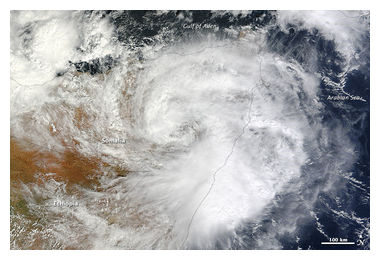
A slow-moving tropical storm pounded the Somalia coast this weekend, a rare hit for the war-torn country that killed more than 100 people and devastated coastal communities.
The unnamed tropical storm made landfall on Sunday (Nov. 10) north of Eyl in the Puntland state, a semiautonomous region that typically receives less than 10 inches (25 centimeters) of rain every year.
The storm, designated Tropical Cyclone 03A, was forecast to dump a year's worth of rain on Puntland this week and hit the shore with winds of 46 mph (74 km/h).
Weak storms such as Cyclone 3A can wreak havoc along the arid African coast because they trigger flash floods, said Amato Evan, an atmospheric scientist at the Scripps Institution of Oceanography at UC San Diego.
"Even a very weak storm can cause huge damage and loss of life in this area," Evan told LiveScience. "In an area that doesn't receive a lot of rainfall in general, a storm that moves very, very slowly and dumps a lot of rain in one place for a long time can be particularly deadly."


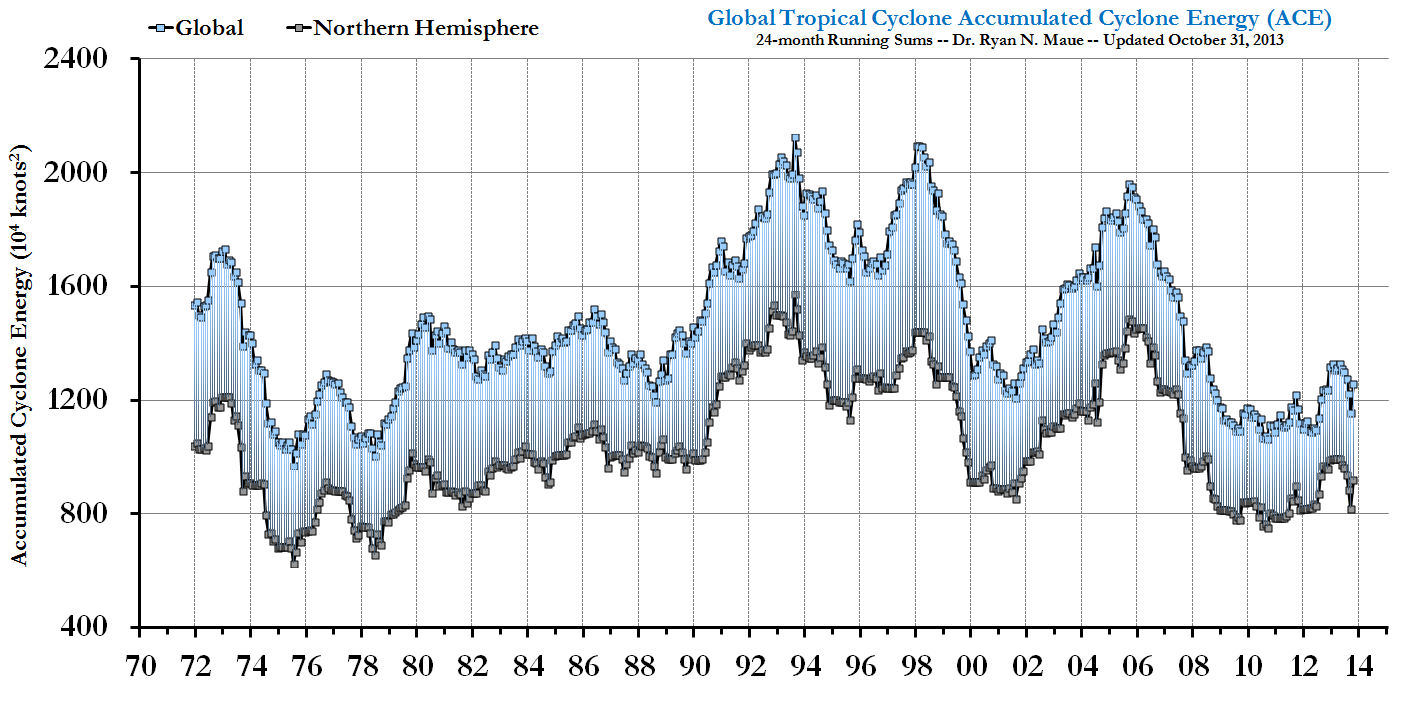
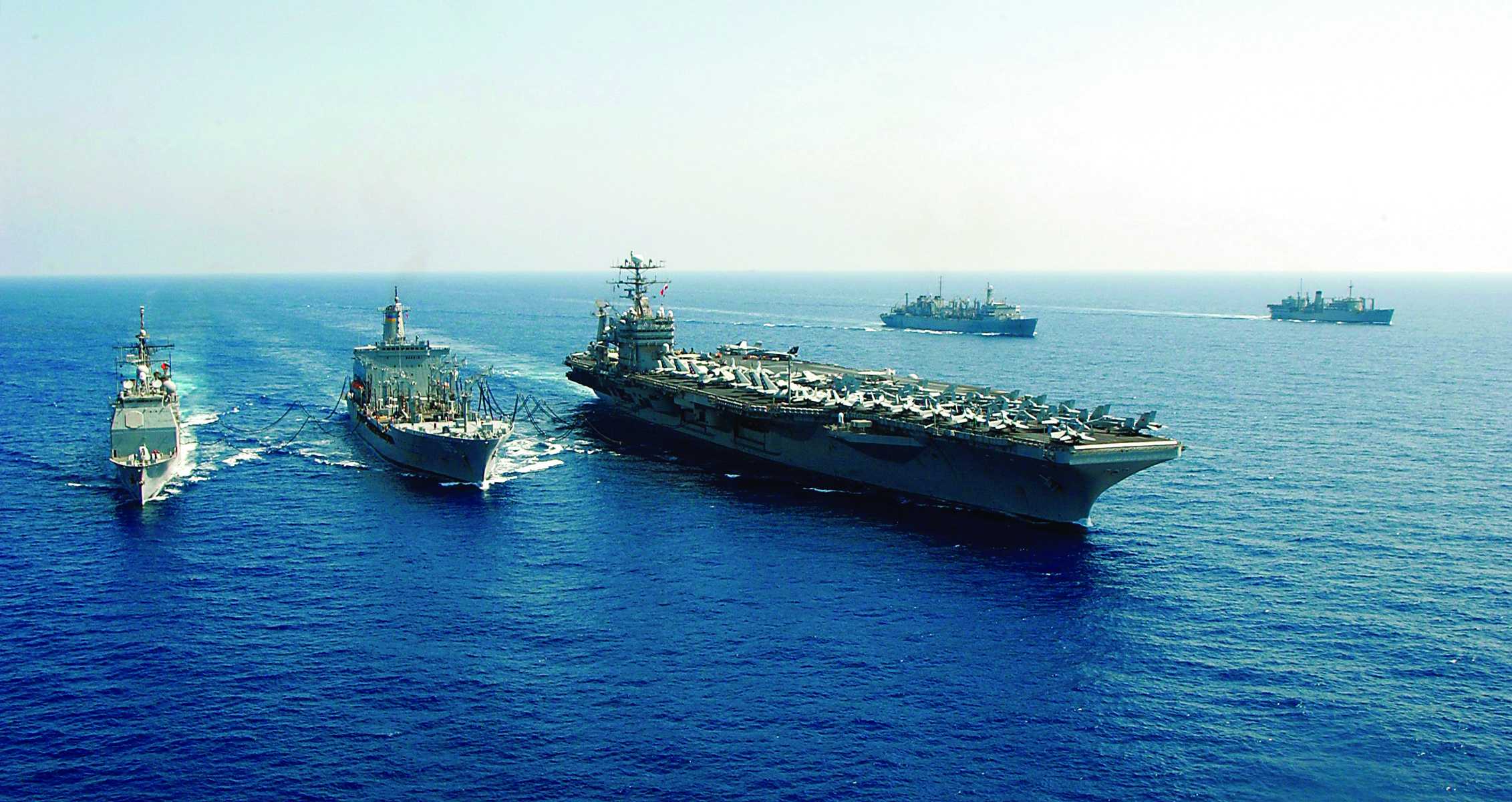
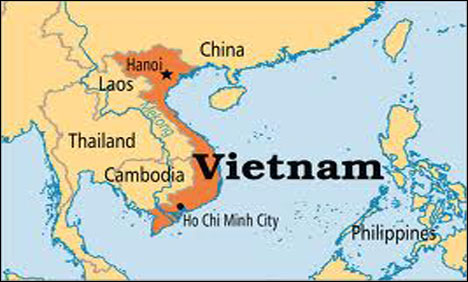
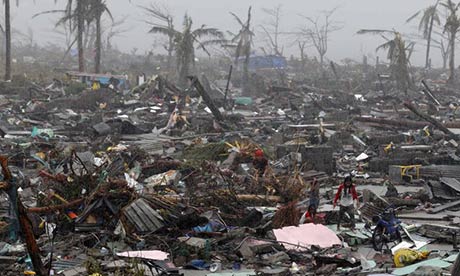
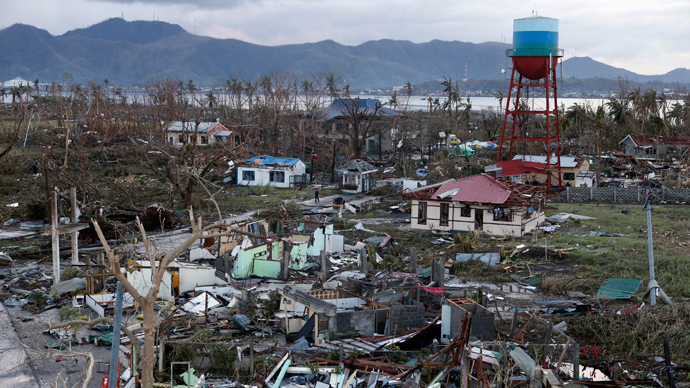




Comment: What happened in the Philippines as a result of the recent typhoon is tragic. It is therefore also important to direct the focus where it belongs and not use this loss of life to propagate false ideas about climate change.
Warming has occurred, also on some of our neigbouring planets such as Mars, but that warming has stopped here on planet Earth and it looks more like a global cooling is on the cards as the activity on the sun is getting eerily quiet.
As for the Philippines, the lack of sufficient infrastructure has more to do with the extent of the damage seen than global warming, and that lack of sufficient infrastructure is in no small amount due to the in all but name colonial exploitation of the Philippines by the ponerological elite of the world.
Rising global temperatures on Mars melt hints at solar-system-wide, not human, cause for warming
German scientists: Solar cycle 24 points to Dalton or Maunder-like minimum, boding ill for a climate cooling
Shock Doctrine in action: Anglo-Saxon elites send warships, destroyers and special forces to 'protect' crisis-hit Philippines